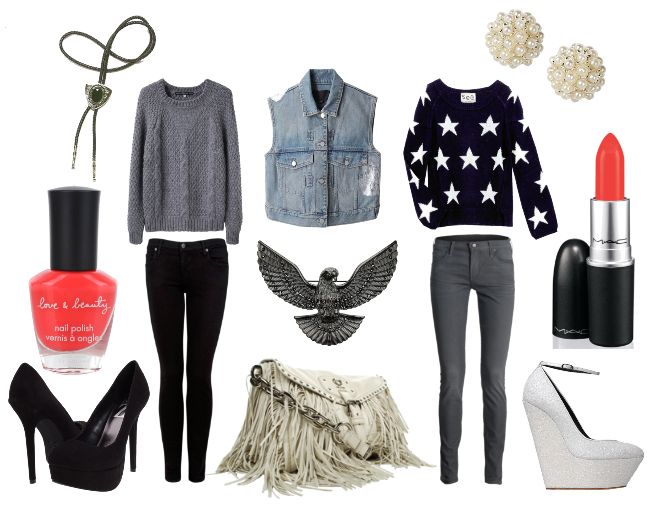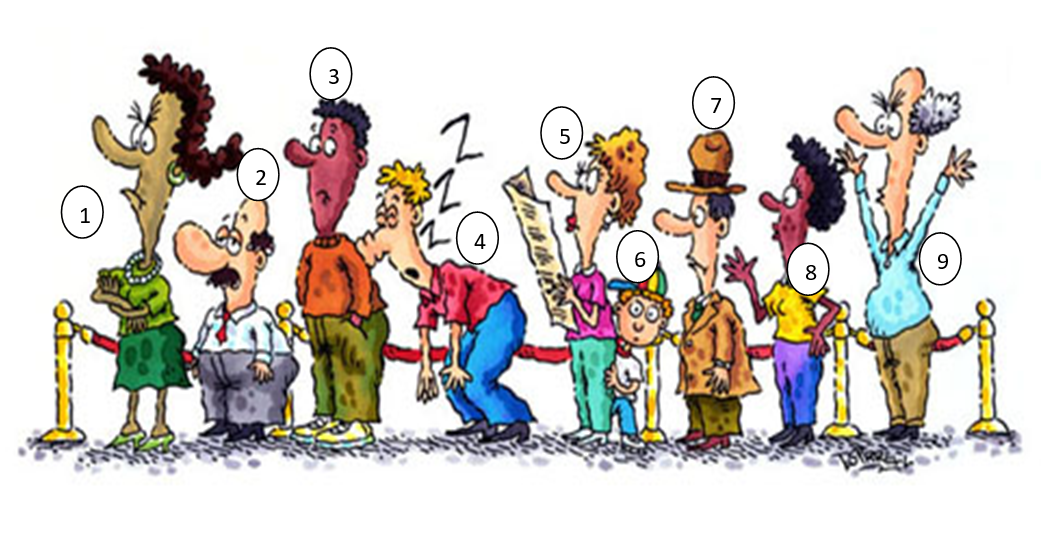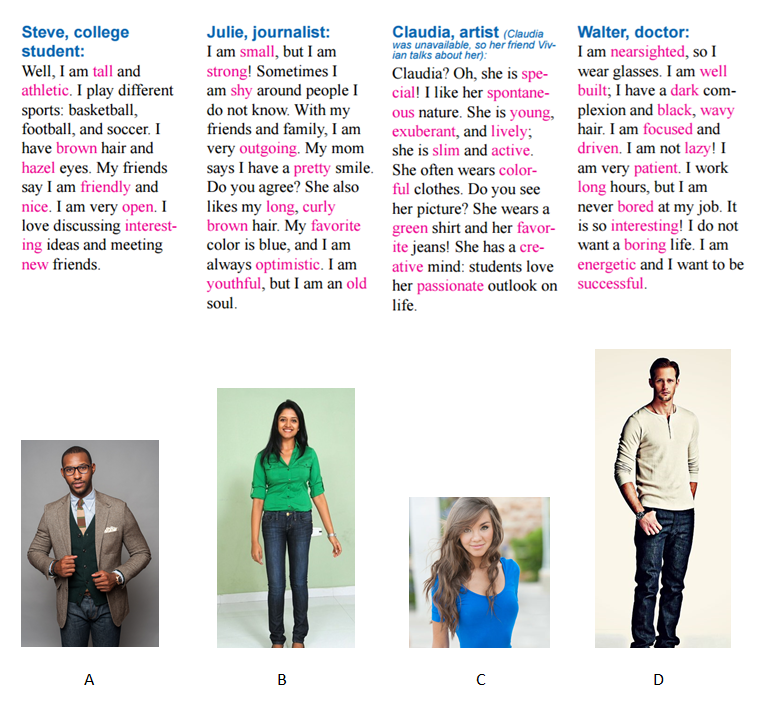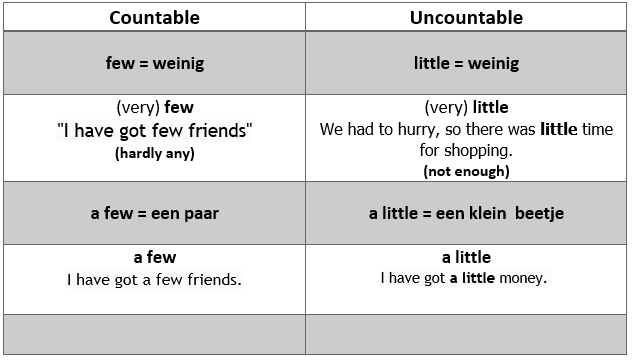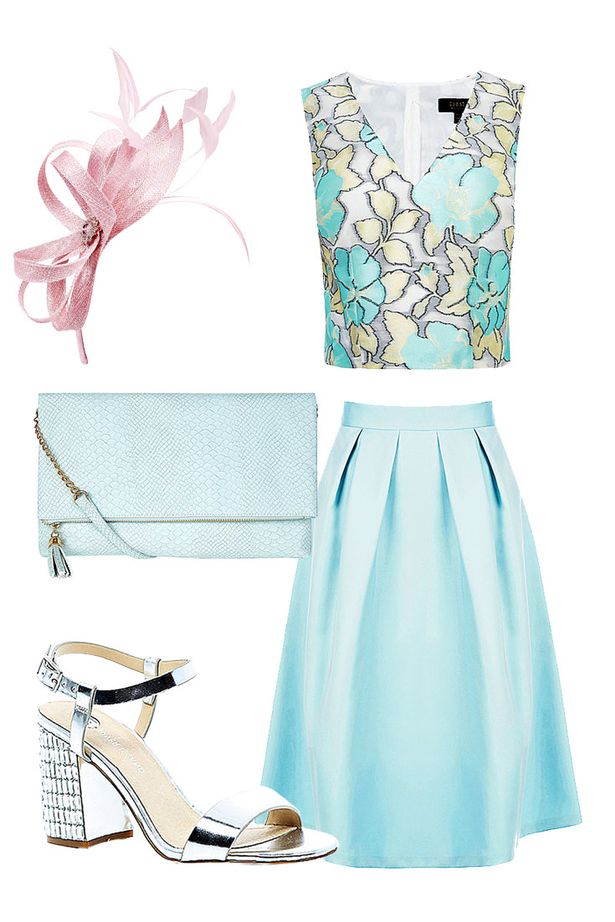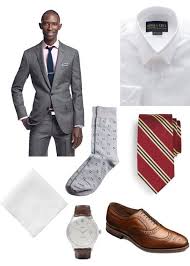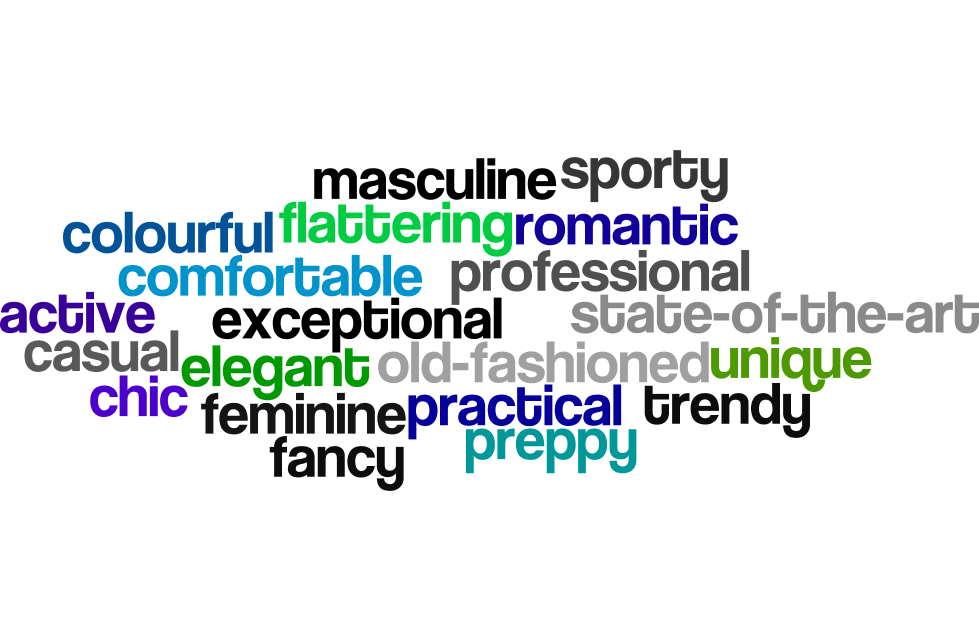Het arrangement 2BBL/KBL Unit 9: Descriptions is gemaakt met Wikiwijs van Kennisnet. Wikiwijs is hét onderwijsplatform waar je leermiddelen zoekt, maakt en deelt.
- Auteur
- Laatst gewijzigd
- 2020-01-08 21:56:26
- Licentie
-
Dit lesmateriaal is gepubliceerd onder de Creative Commons Naamsvermelding 4.0 Internationale licentie. Dit houdt in dat je onder de voorwaarde van naamsvermelding vrij bent om:
- het werk te delen - te kopiëren, te verspreiden en door te geven via elk medium of bestandsformaat
- het werk te bewerken - te remixen, te veranderen en afgeleide werken te maken
- voor alle doeleinden, inclusief commerciële doeleinden.
Meer informatie over de CC Naamsvermelding 4.0 Internationale licentie.
Aanvullende informatie over dit lesmateriaal
Van dit lesmateriaal is de volgende aanvullende informatie beschikbaar:
- Leerniveau
- VMBO basisberoepsgerichte leerweg, 2;
- Leerinhoud en doelen
- Luisteren naar tv, video- en geluidsopnames; Engels; Dagelijks leven; Gesprekken voeren; Spreken; Luisteren naar aankondigingen en instructies; Gesprekken tussen moedertaalsprekers verstaan;
- Eindgebruiker
- leerling/student
- Moeilijkheidsgraad
- gemiddeld
Bronnen
| Bron | Type |
|---|---|
|
Speel de Kahoot met een klasgenoot! https://play.kahoot.it/#/k/876b7541-4551-4c0a-bc72-8a13d8c9f38e |
Link |
Gebruikte Wikiwijs Arrangementen
Het Perron Engels Onderbouw. (z.d.).
2BBL/KBL/TL Unit 9 Descriptions
https://maken.wikiwijs.nl/126585/2BBL_KBL_TL_Unit_9_Descriptions

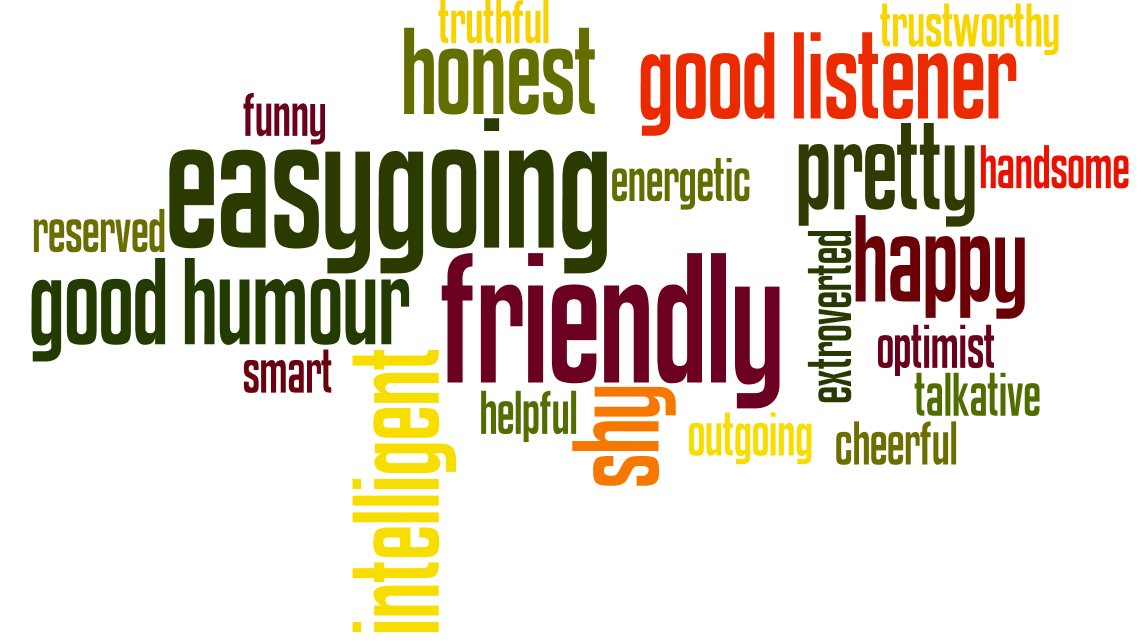
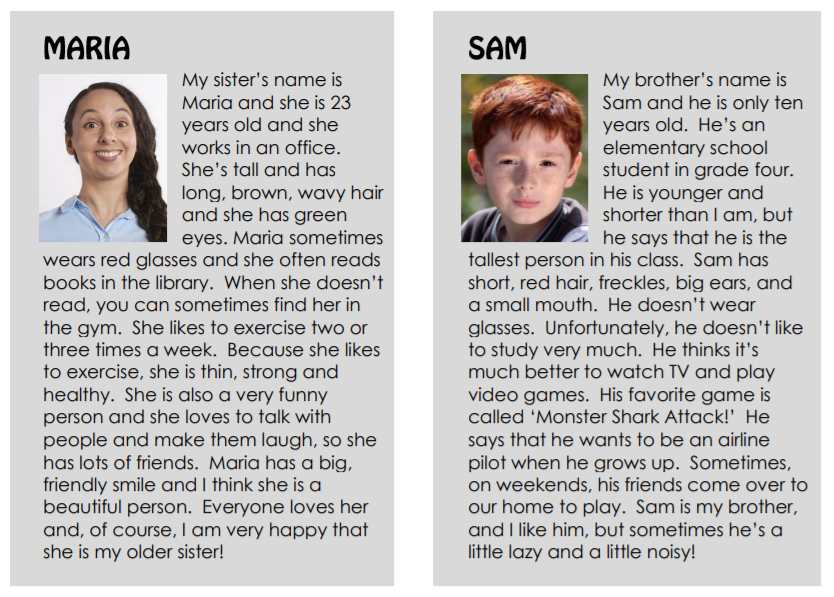


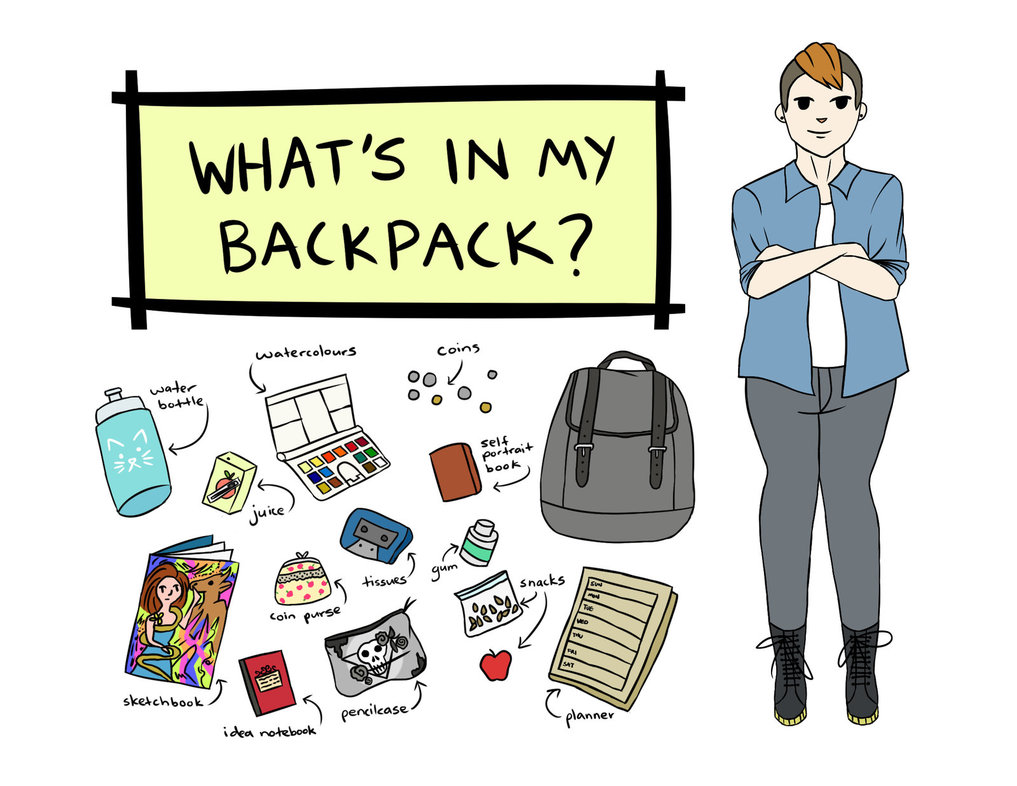
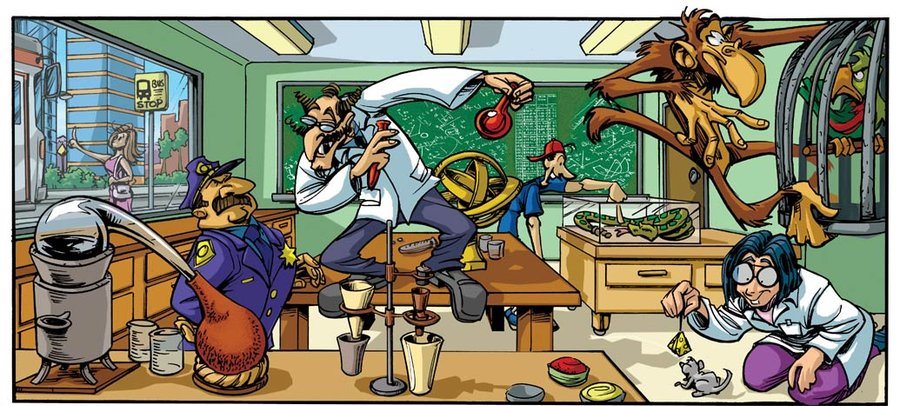
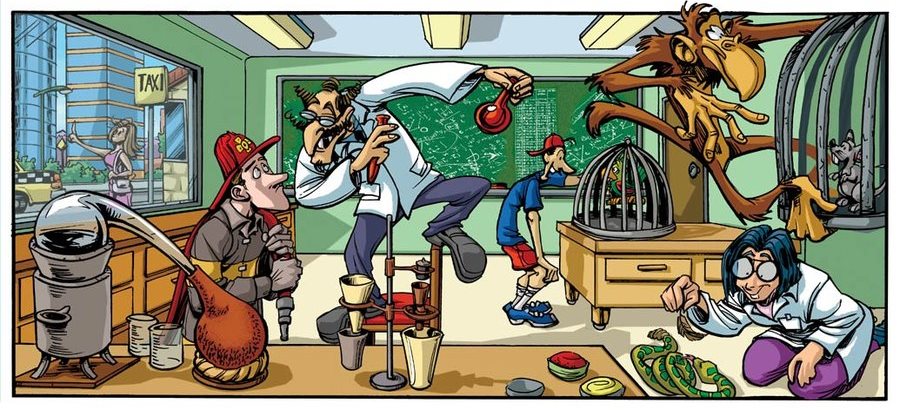

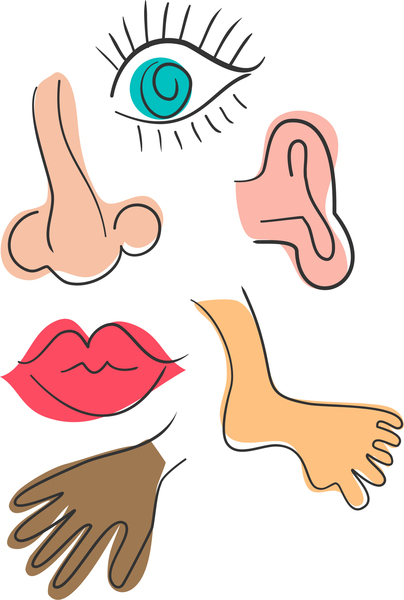
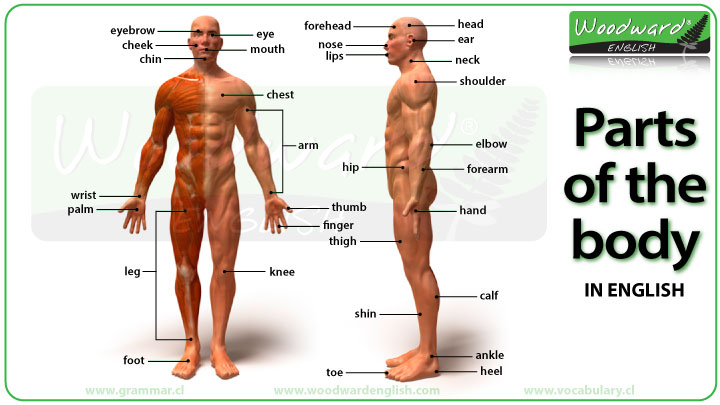



 one tomato
one tomato two tomatoes
two tomatoes one child
one child two children
two children one louse
one louse two lice
two lice one beer
one beer two beer
two beer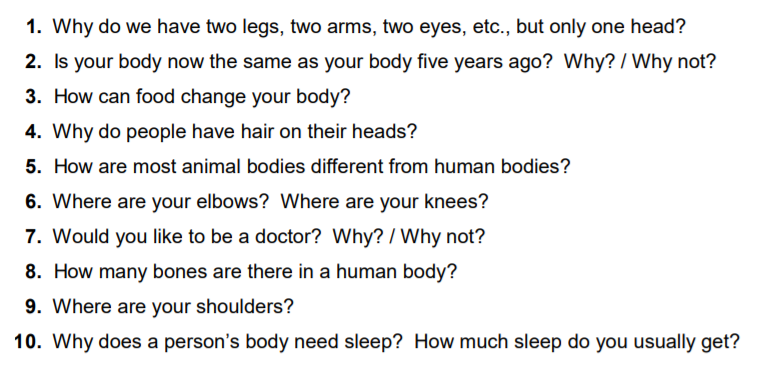
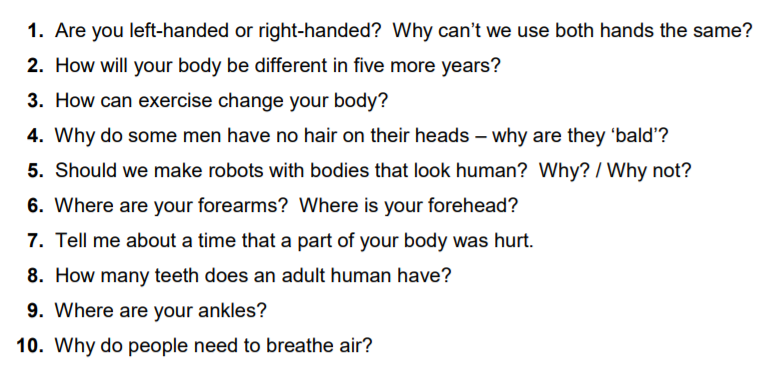
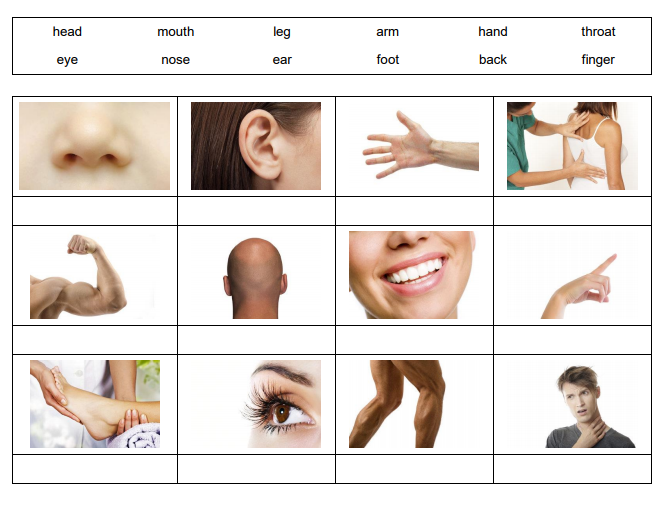
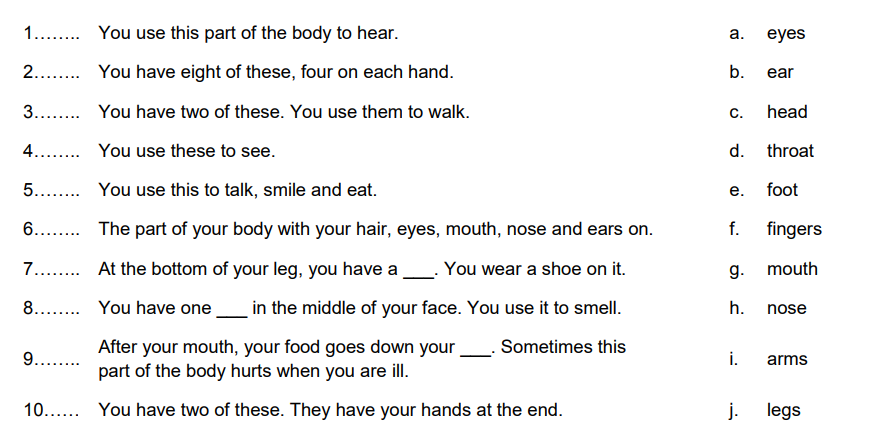
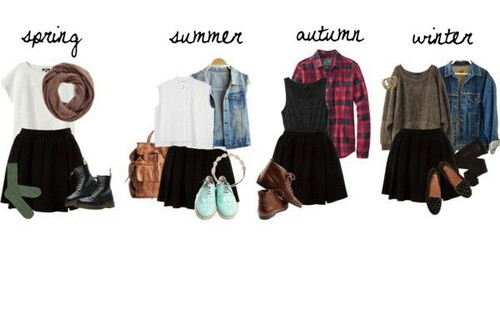
 What are you wearing today? Write at least 5 sentences in your notebook about your outfit, in English.
What are you wearing today? Write at least 5 sentences in your notebook about your outfit, in English.
